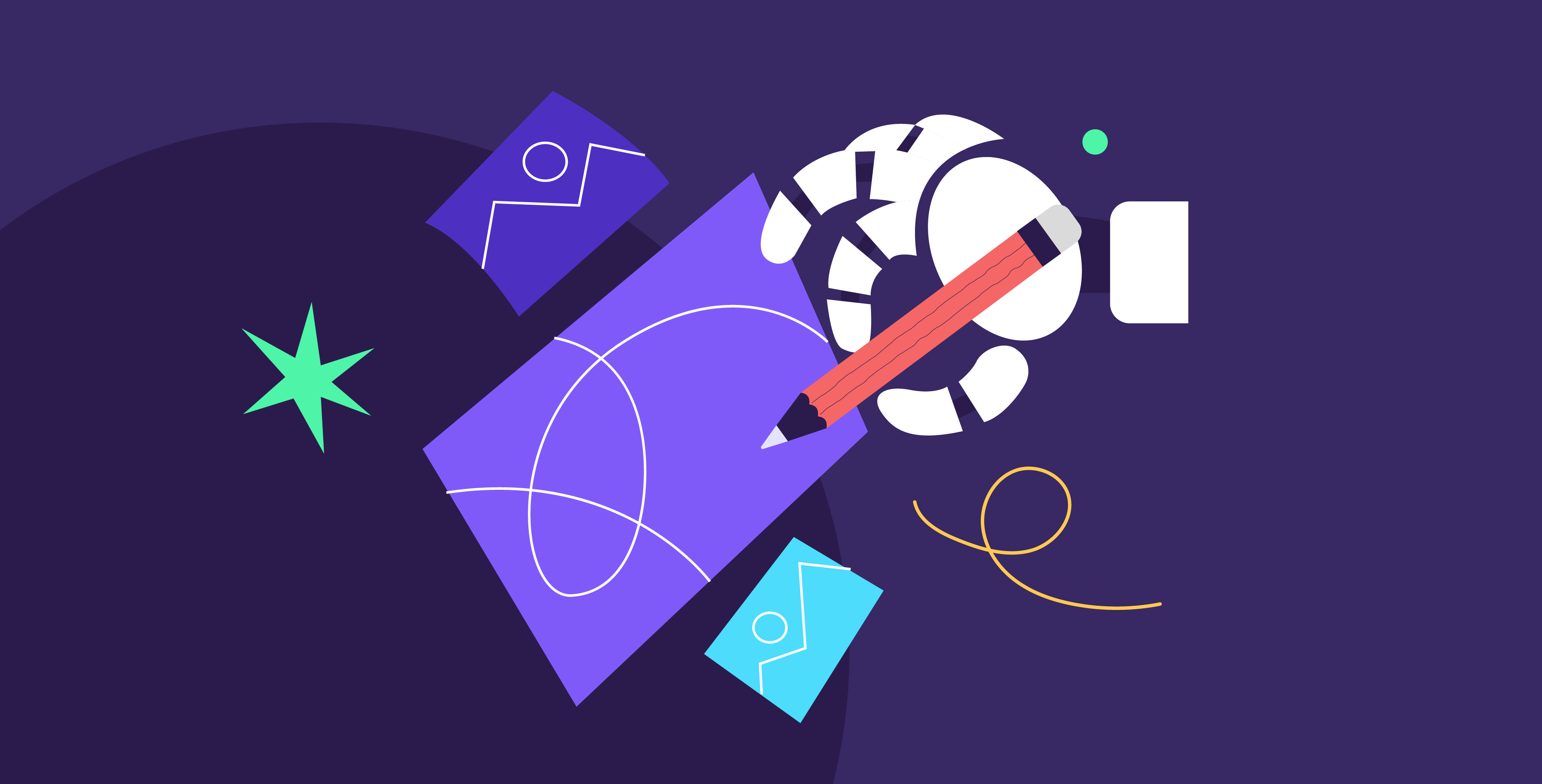22 September 2024
AI is quickly making its mark as a game-changing presentation design tool that can enhance creativity and streamline the work process. From idea generation to automating tasks, AI provides many ways for designers to work smarter and faster. However, it is important to keep a healthy balance. In this article, we’ll look at the ideal ways it can help in slide design and when it’s best to avoid it. Whether you wish to create quick mockups or generate data visualizations, it’s all about finding the right balance.
Wait, AI presentation design?
AI has become a vital part of a presentation designer’s toolkit, helping designers and non-designers alike create polished and visually compelling slides. They assist in areas like layout suggestions, image generation, and text summarizations, quickening the presentation creation process. While it does offer some irresistible advantages, such as saving time and coming up with ideas, it also has its limitations. Knowing when to leverage technology and when to leverage human expertise is essential for effective presentation design.
When can we use AI in presentation design?
As the field expands and evolves, artificial intelligence is becoming a valuable tool for enhancing the process and creativity. But knowing when and how to use this technology is important to avoid poor results and leaving a bad impression on your audience. These are the ideal ways it can be used to improve presentations:
Quick mockups and idea generation
They can be super helpful in developing mockups and concepts, especially in the face of persistent creative blocks or tight deadlines. Through these tools, you can quickly generate design layouts, color schemes, or visual concepts or themes, giving you a bunch of options to start from without the need to begin from scratch. Here, it is best as a creative partner; it can bring in new ideas and perspectives in the early design stages, which you can then develop and refine.
Automating repetitive tasks
One of the most tedious parts of making presentations is the repetition of specific elements. Luckily, this is an example of a task easily handled by AI, such as resizing images and ensuring consistency. By allowing artificial intelligence to take over these simple yet time-consuming tasks, designers can save time and focus on the more complex elements of the presentation. This frees up their plate, helping them create a more compelling narrative, design custom visuals, and refine the flow for a more polished presentation.
Enhancing data visualization
When working with raw numbers and data, some tools can assist in generating simple charts, graphs, and infographics that communicate the information. This is especially useful when you need to quickly create data-based presentations without compromising aesthetics. By utilizing artificial intelligence for data visualization, you can get input on how to visualize your data, refine its structure, and highlight the insights. However, note that you will need to review and customize any AI-generated visuals to double-check their accuracy and if they align with the presentation’s message.
When can we not use AI in presentation design?
AI tools have transformed the design world, making creating visuals and streamlining design workflows easier. However, that doesn’t mean it can completely take over presentation design. A lot of the time, a human touch is needed for the audience to resonate with the slides. Here are some of the areas where artificial intelligence falls short and designers need to step in and take over:
Crafting a unique brand voice and identity
While they are powerful design tools, they aren’t always the ideal choice. When creating a unique brand voice or identity, you require a personal and nuanced approach to reflect the company’s values and personality. It can help come up with concepts and color schemes, but human intervention is vital for authenticity. Think of how relying too much on templates deprives you of having your own voice. Similarly, relying purely on artificial intelligence can risk producing an impersonal and generic design, so adding a personal touch is essential.
Storytelling and narrative flow
Storytelling is an inherently human quality, and while these tools help generate layouts and visuals, this is an area where human creativity will often win out. The secret to a compelling narrative arc lies in human insight and empathy—qualities that artificial intelligence may grasp in theory but usually lacks the nuanced understanding that helps apply it effectively in context. Artificial intelligence can produce results that feel disconnected since great storytelling requires an understanding of the audience’s needs and motivations. This is what allows presenters to tell stories that relate on a personal level, making it better to rely on human experiences and knowledge.
Avoiding bias in algorithms
Despite its powerful capabilities, AI still has its limitations. One key concern is the bias inherent in its algorithms, which can often happen due to the biases in their data. This can mean a couple of things; the first is that you get repetitive results; the other issue is that you can have results that perpetuate stereotypes and lack accuracy. These kinds of inaccuracies can harm the credibility of your presentation, so human intervention is needed to design presentations that require cultural nuance or precise data. Artificial intelligence here works as a supplement for generating ideas but not as a primary tool.
Balancing AI and human creativity in presentation design
Although artificial intelligence is becoming a game-changing tool in creating presentations, making the process more efficient and quick, the real impact happens when man and machine work together. With AI’s functionalities, like automating layouts and innovative concepts and generating design ideas, human expertise will always be irreplaceable. The designer’s nuance and knowledge of storytelling, audiences, and brand voice will bring depth and relevance that make the presentation memorable.
AI offers a lot of potential for designers to improve their work, but the biggest impact comes from blending its capabilities with human creativity. By knowing when to leverage it and when to incorporate human insights, designers can create polished, innovative presentations that resonate with the audience. At Prezlab, our designers treat AI as a tool in their arsenal, helping with quicker turnarounds and broader imagination. Contact our team now to learn more about our presentation design and AI services.






